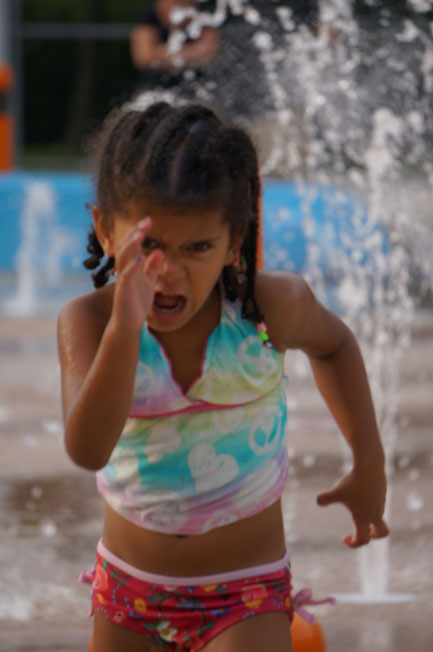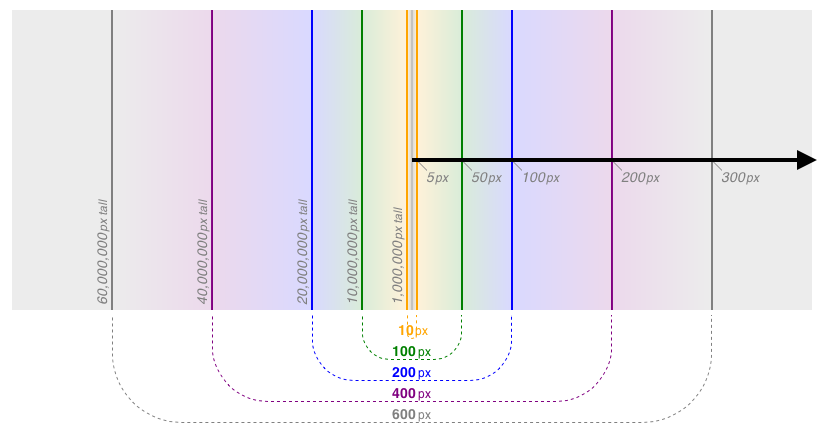Obsessive Musings
Published 10 years, 8 months pastI’m typing this, sandy-eyed and a little light-headed, as the Eastern Seaboard slowly scrolls beneath me. It’s the second of two flights today; the first took off from Seattle at not quite 3am, at least considered from the Eastern (U.S.) time zone. To those in Seattle, of course, I left shortly before midnight yesterday.
I’m headed for Boston by way of Dulles, there to land, roll off the plane, grab a cab, and get to the conference hotel on the harbor. This afternoon, I’ll deliver a 25-minute talk in hopes of advancing the state of medical and health care design. It’s a much cut-down version of the talk I gave not 18 hours ago (as I type this) at An Event Apart Seattle. Basically, I just took my AEA talk and cut out all the parts that aren’t about health-care-centered design, then compressed a bit the parts that were. The goal is to leave time for a question or two from the audience.
I left home this past Friday for the Pacific Northwest, and won’t get home until tomorrow — well, today, if you’re reading this on its publication date. But then, if you are doing that, then everything I’m saying happened yesterday.
I may be a little sleep deprived.
Six days is a long time to be away from my family, at least by my standards, and it’s an especially long time to be away after no significant work travel for almost two years. The punishing schedule makes it seem even longer to me.
I do it because I’m obsessed.
Time was, I was obsessed about HTML and CSS and the myriad possibilities of the web. I still have all that, but it’s now almost an echo of what it was. Apparently, I only have room in my life for one professional obsession.
Now I’m obsessed over the idea of designing with compassion, designing with empathy, designing with care. It’s hard to articulate exactly what I mean in a compact manner. The idea doesn’t have an accurate, obvious label yet, the way responsive web design does. I’m trying to figure it out with Sara Wachter-Boettcher. We’ll get there.
Writers talk of a muse that drives them, that tasks them. They become obsessed with writing. I assume that a muse is basically just an anthropomorphized obsession. Maybe so. I’ve never been that kind of writer, but now I have that kind of obsession. It drives me to present two versions of one talk in successive days on opposite coasts. It drives me to branch out in unexpected ways, pushing into areas of web design that I had never thought myself qualified to comment on, pushing beyond web design into the wider field of design in all its forms. It will soon drive me to write in a way I never have before, for audiences I never expected to address.
I would have given a great deal to have never had this obsession, but I do. Now I hope I can rise to exceed the demands it places on me.
If this all sounds a little grim, well, part of it is. After all, it springs from a grim place and time. But then, a big part of that grim tone is probably due to my physical weariness — the flight from Seattle to Dulles was only long enough for me to catch three hours of sleep. Ordinarily, I’d be micro-napping on this flight to Boston, but instead I’m typing, pushed by my obsession to articulate it so that I can look at the words I’ve written and take them as a commitment, layering another thin stratum of determination on top of the obsession, adorning my muse with a plate of conceptual armor.
There might be more to this metaphor, but if so, the lack of sleep is clouding my ability to see it.
The plane has begun its initial descent into Boston.
Time to see where my obsession pushes me today.
This article was originally published at The Pastry Box Project on 2 April 2015.


